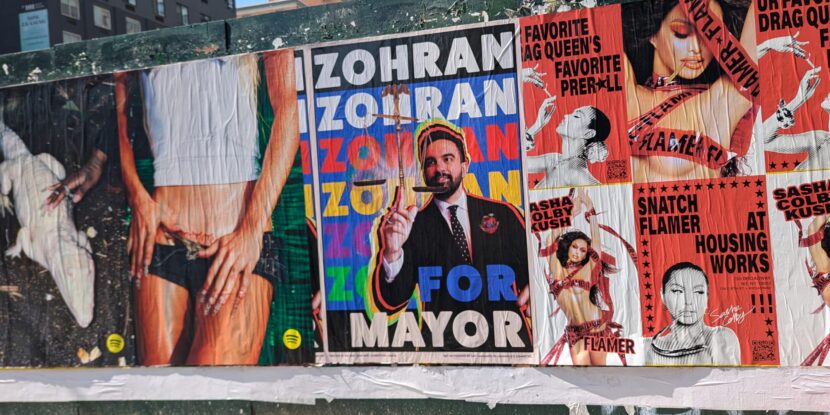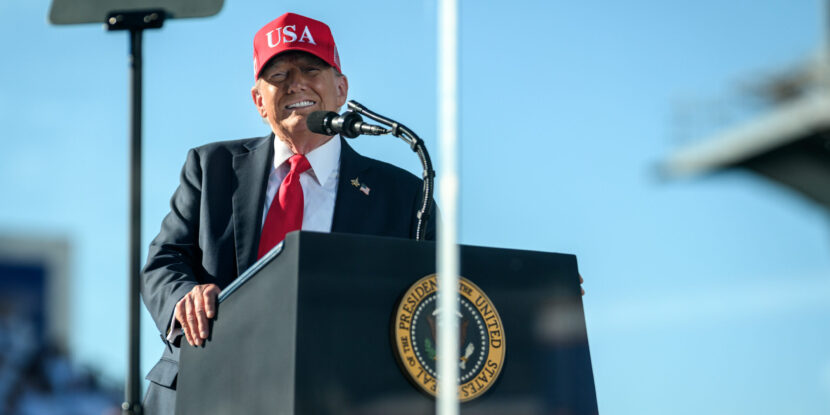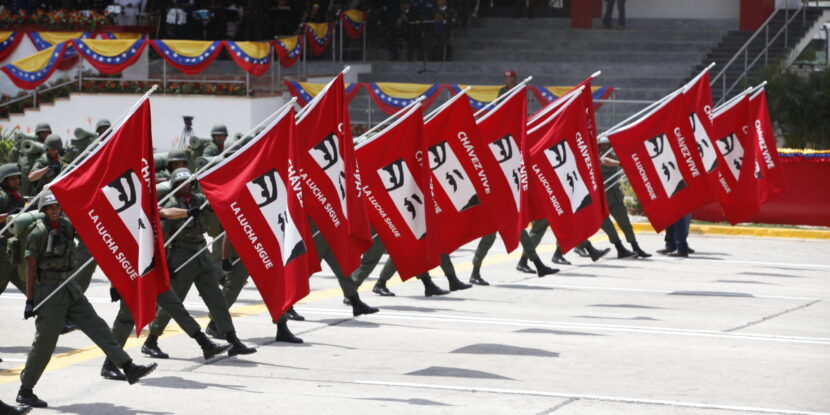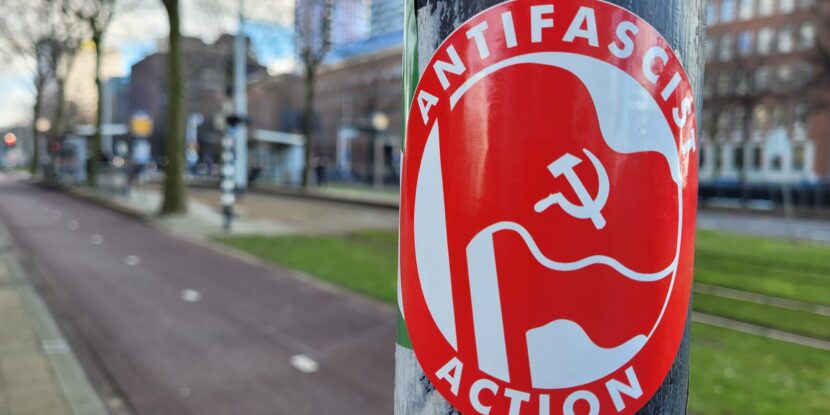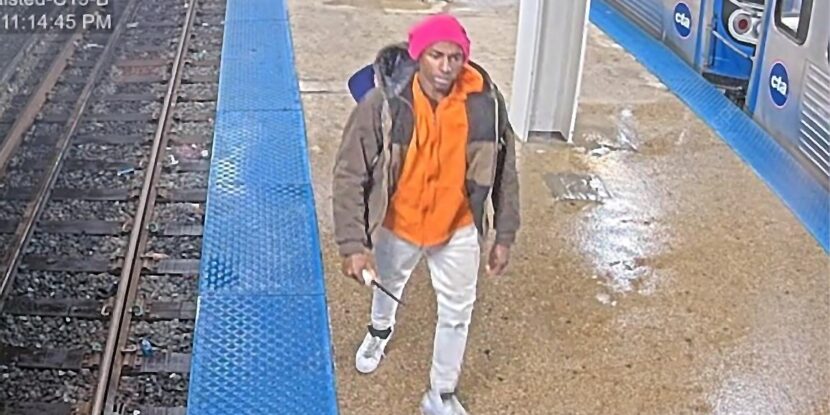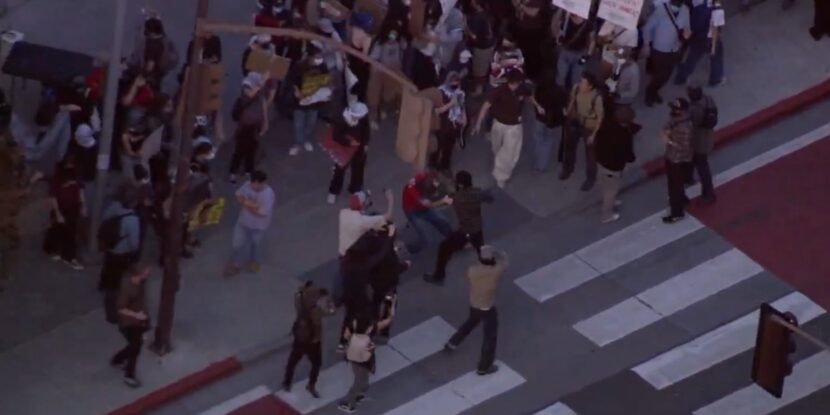❓WHAT HAPPENED: The Democrat-dominated city government of Washington, D.C. will have shelled out close to $1 million on a failed “streateries” scheme by the time it is eliminated.
👤WHO WAS INVOLVED: Washington, D.C. city government officials, Adams Morgan-area restaurants, the D.C. Department of Transportation, and restaurant diners.
📍WHEN & WHERE: The “streateries” platforms will be taken down in December.
🎯IMPACT: The deconstruction of the “streateries” will cost the city an additional estimated $100,000—though given the city’s history, this price will likely increase.
The Democrat-dominated city government of Washington, D.C. will have spent close to $1 million on a failed “streateries” scheme by the time it is eliminated. This December, city workers will remove 33 wooden dining platforms along the 18th Street roadway in the Adams Morgan neighborhood, as only three restaurants have expressed interest in continuing the program.
When the wooden “streateries” platforms—based on Norwegian-designed outdoor dining platforms for restaurants—were installed in 2024, the construction cost the city around $750,000 for the 33 participating restaurants. Earlier this year, the D.C. Department of Transportation issued a survey to the 33 restaurants, and just three said they wished to continue using the platforms.
Notably, the deconstruction of the “streateries” will cost the city an additional estimated $100,000—though, given the city’s history, this price will likely increase, pushing the program’s total cost to over $1 million. The wooden platforms will be repurposed to expand sidewalks in Washington, D.C.’s Chinatown neighborhood, which saw an increase in foot traffic and activity following President Donald J. Trump’s crime crackdown in the city.
Following the COVID-19 pandemic, Chinatown became an open-air drug market and saw a concentration of homeless and other vagrants, causing the neighborhood—once known for its vibrant nightlife and sporting events at Capital One Arena—to deteriorate. However, after the federal government deployed National Guard units to the city and the Metropolitan Police Department (MPD) was concentrated in the neighborhood, Chinatown saw a marked comeback.
Join Pulse+ to comment below, and receive exclusive e-mail analyses.





